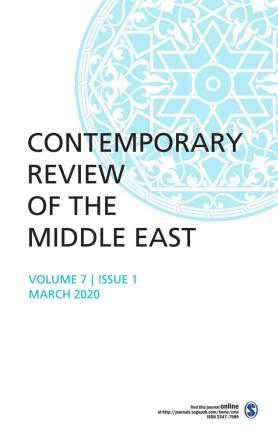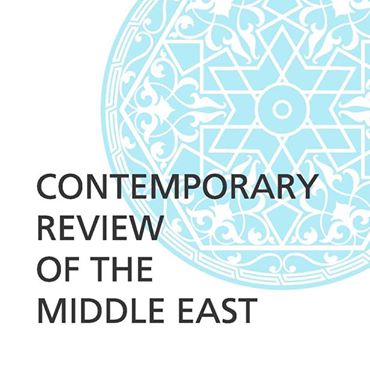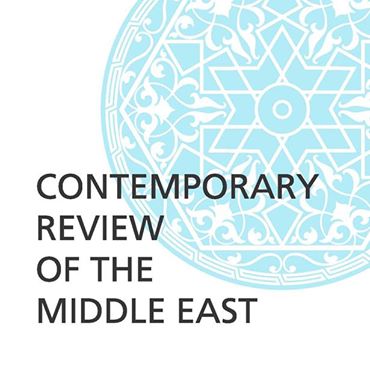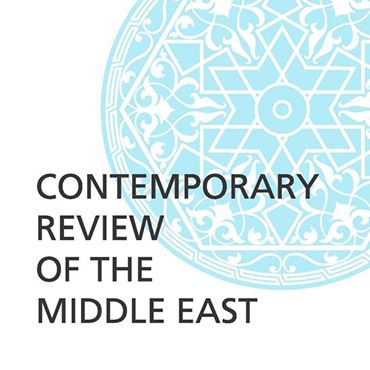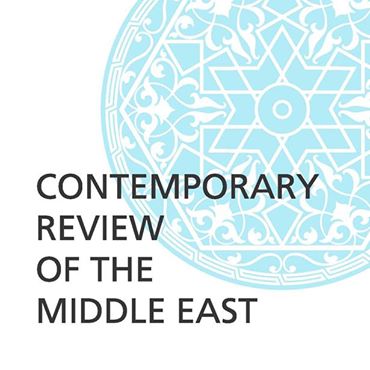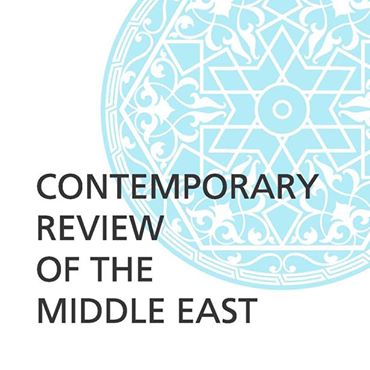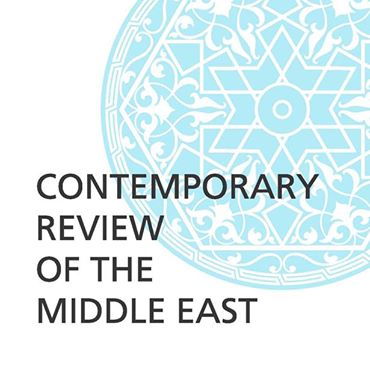Breaking
- MENU
Lorem Ipsum is simply dummy text of the printing and typesetting industry.
http://journals.sagepub.com/toc/cmea/2/1-2
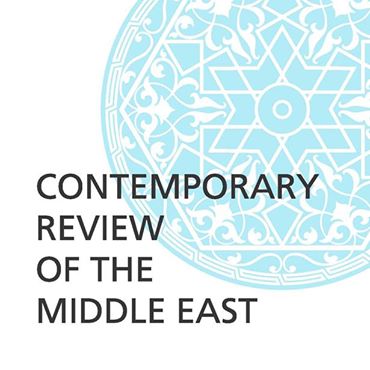
1) Dateline MEI By P.R. Kumaraswamy; pp. 1–1 Read More
2) Introduction By Guest Editor Sreeradha Datta; pp. 2–13 Read More
3) The Islamic Principles of Social Justice: Maulana Abul Kalam Azad and Nonviolent Civil Disobedience By Hayat Alvi; pp. 14–30
Abstract: The idea of nonviolent civil disobedience is to act against injustice and unjust laws. This has been Mahatma Gandhi’s motivation, as well as Maulana Abul Kalam Azad’s. For an Islamic religious authority of Maulana Azad’s stature and caliber to embrace nonviolent activism for the sake of social justice, it is a significant change in the course of action in Islam against oppression. The concepts of justice/injustice, oppression, and social justice need to be examined in historical context, beginning with early Islamic history, followed by the period of British colonial rule and the Indian struggle against it as led by Mahatma Gandhi and Maulana Azad. This article analyzes the principles of Maulana Azad in the struggle against injustice, and how that compares to the principles and practices of Islamic militancy and jihadism. The latter are viewed as illegitimate, while Maulana Azad’s Islamic credentials render his acceptance of nonviolent civil disobedience as far more legitimate. Read More
3) From Revolution to Political Participation: Institutionalization of Militant Islamic Movements By Avraham Sela; pp. 31–54
Abstract: Social movements often undergo substantial changes as they grow more politically popular and influential, foremost of which is the shift from a single founding/charismatic leader to a hierarchic structure of representative institutions and rational political decision-making. Such changes are said to enable transformation from revolutionary to reformist strategies based on pragmatic calculations. Despite the wealth of studies on the political development of Islamic movements, this theoretical assumption is yet to be tested, especially in cases of popular Islamic movements identified with jihad as a core element in their ideology of resistance to an alien power. This article takes on to scrutinize the political trajectories of two jihadist-resistant movements, namely, Hamas and Hezbollah. Both Hamas and Hezbollah emerged as contentious, counter-elite movements adopting extreme Islamic agendas, yet along the years, they came to adopt national-Islamic attributes. Moreover, both movements moved from the fringes of opposition to the political center and government, each one establishing itself as ‘a state within a state’. Despite their different sectarian identities (Sunni and Shi`i, respectively) and domestic political arenas, these two movements share major attributes, especially their dedicated involvement in social and community concerns on the one hand, and ideological and practical commitment to jihad against Israel, on the other. At the same time, despite their involvement in violence (in the case of Hezbollah, also international terrorism), both movements made discernible efforts to win international recognition, especially by propagating their broad political constituency and civic activities. Whereas Hezbollah attained representation in the Lebanese governments since 1992, Hamas’s unexpectedly decisive victory in the 2006 elections to the Palestinian Legislative Council forced it to take responsibility as a government. Following its violent takeover of full control over the Gaza Strip in June 2007, Hamas has exercised full internal sovereignty over this territory and won a substantial international recognition, mainly from Islamic countries. Against this backdrop, what changes can be discerned in the thought and practice of these movements? Especially, what effect had the shift from ‘resistance’ to government—or rather, the mixture of both—had on these movements. The article’s working assumption is that notwithstanding processes of popular growth, institutionalization, and generational changes of leadership, neither Hezbollah nor Hamas deviated from their strategic goals and core principles. Nonetheless, on the tactical level, they proved to be innovative in legitimizing temporary deviations from stated ideologies and policies. Read More
4) Legitimizing Transformation without Calling it Change: Tajdīd, Iṣlāḥ, and Saudi Arabia’s Place in the Contemporary World by Sean Foley; pp. 55–70
Abstract: For decades, many scholars have contended that Saudi Arabia is a fixed political system, where a conservative monarchy uses advanced technology, oil revenues, and religion to dominate the people. Such a system is often portrayed as inherently unstable, a seemingly never-ending series of collisions between an unchanging traditional political structure seeking to hold on to power at any cost and a dynamic modernity—a view encapsulated in a phrase expressed at virtually every public discussion of the Kingdom in the West: ‘you must admit that Saudi Arabia must change’. Ironically this phrase confirms what this article argues is a secret to the success of Saudi Arabia in the contemporary era: the ability to legitimize transformation without calling it change. No society is static, including Saudi Arabia. Throughout the Kingdom’s history, the defining social institutions have repeatedly utilized Tajdīd (Revival) and Iṣlāḥ (Reform) to respond to new technologies and the changing expectations of a diverse society. While Muslim scholars are most often entrusted to arbitrate this process, ordinary Saudis use this process to guide their actions in the various social spaces they encounter both at home and abroad. Critically, this process reflects the response of King Abdulaziz and the founders of the third Saudi state in the early twentieth century to the factors that had brought down previous Saudi states in the nineteenth century. Read More
5) Islamic Modernism and Saudi Arabia: Confluence or Conflict? By Md. Muddassir Quamar; pp. 71–87
Abstract: Debates on Islamic modernism has its roots in Egypt, Iran and British India during the late nineteenth century as Muslim societies reacted to modern thought coming from the West. The Arabian Peninsula, more importantly its central region of Najd, remained secluded from such ideas as Wahhabi-Islam dominated the socio-political landscape. Once the Kingdom of Saudi Arabia was formed, its founder Ibn Saud chose to introduce modern administrative, economic, scientific, educational and technological tools to stabilise the polity with aspiration to become a modernized state from a tribal political union. The alliance of Al Saud and Al Shaikh managed to align pre-dominant section of the society that accepted their Political legitimacy. Ibn Saud pioneered the method of ruling in the name of Islam and modernization. Subsequently, the monarchy stuck to the formula, using its commitment towards modernization and Islamic heritage as the means for sustaining the legitimacy. The process could be further strengthened due to generation of massive oil-wealth and gradual but sustained process of modernization. It, however, has impacted the individual and collective thought process of citizens leading to a change in people’s attitude and aspirations. In fact, modern judicial and political elements too have been introduced to adjust to changing realities, more so during the last two decades. This article raises the question whether the co-existence of Islam and modernity in the Saudi context can be seen as a confluence or it can only be seen through the lens of conflict? It argues that even though everything cannot be explained through an Islamic modernist perspective, it can best explain the process of reform and change being experienced in Saudi Arabia. Read More
6) Political Islam: An African Perspective By Hussein Solomon; pp. 88–103
Abstract: Political Islam continues to gain adherents across the African continent. In an attempt to understand why this is the case, this article explores the historical evolution of political Islam or Islamism. Three case studies are then provided to examine the implementation of this ideology—the Muslim Brotherhood in Egypt, Sudan’s National Islamic Front and Al Shabab in Somalia. In conclusion, we examine the future of political Islam from the perspective of secularism. Read More
9) Muslim in Australia: Celebrating National Days By Samina Yasmeen; pp. 104–118
Abstract: The new millennium has drawn renewed attention to Muslim presence in Australia despite the fact that the links between Muslims and the continent predate the European settlement. A complex set of informational, institutional, and political factors have shaped multiple identities of Muslims in the country with the set of views and identities ranging from orthodox to more modernist interpretations of what it means to be a Muslim in a majority non-Muslim state. The complexity is consistently being reinforced and rendered more complex due to the emergence of organizations, groups and forces that present what they assume to be the ‘definitive’ view of Islam. The phenomenon exists in both Muslim and non-Muslim communities in Australia. Among Muslims, this diversity has expressed itself, among other issues, with reference to national days that have come to symbolize Australian identity. This article will explore this diversity of views and responses with reference to Australia Day celebrations and the ANZAC Day. It argues that despite the presence of ideas promoting a global caliphate of Islam, as well as a tendency to present an essentialist nature of Islam and Muslims, the responses by Muslim communities in Australia have differed with respect to these national days—an indication of the flaws inherent in conceiving Muslim presence as a singular identity in Australia. Read More
10) Arab Awakening and Its Impact on Bangladesh By Imtiaz Ahmed; pp. 119–134
Abstract: Arab Awakening or Arab Spring has caught the imagination of many and has been a subject of intense discussions both at home and abroad. But then what impact did it have outside the Arab world, indeed, in places which remains related to it theologically, economically, socially, gastronomically, through ideas and dogmas such as Bangladesh? Will the impact be limited to politics or will it include the religious discourses as well? Will it boost the economy or see a decline? What about the Bangladeshi diaspora in the Middle East-will it play a different role and contribute to the economic and social discourses back home now that the Arab world is on the way of experiencing greater freedom? Will it transform the religious discourses that have lately infected Bangladesh? Or, will the spirit of the Arab spring be used for narrow political goals? Answers, however, may not be as easy as the queries. The article will try to explain as to why that is the case. Read More
11) Ennahda Movement in Power: A Long Path to Democracy By Farida Ayari; pp. 135–142
Abstract: The coming to power and subsequent loss of the Ennahda in Tunisia after the Jasmine revolution has created one of the most interesting scenarios in the Arab world. In fact, Tunisia has come out as an exception in the larger trend of failing states, civil war and re-emergence of authoritarian military leaders in the post-Arab Spring Arab world. This can be attributed to many factors including the pragmatic approach of the Ennahda leader Rached Gannouchi. The article tries to put the trajectories of Ennahda’s progress towards democratic process in historical perspective and concludes that it was partly the crisis in Egypt and other Arab countries that prompted Ennahda to make important concessions and seek recourse to democratic consensus building. Read More
12) The Syrian Opposition: Salafi and Nationalist Jihadism and Populist Idealism By Sherifa Zuhur; pp. 143–163
Abstract: The debate over international responses to the Assad governments continued barrel-bombing and lethal use of chemical weapons centered on the dominance and agenda of ‘extremists’ in the Syrian opposition and their role in a post-Assad Syria. With 1,500 groups and significant inter-conflict, the future of the popular revolution that originated with non-violent, idealistic civilian demonstrators cannot be foreseen with any certainty. The Supreme Military Command of the Free Syrian Army (FSA) was created in an effort to better coordinate its efforts. There were many tensions between the FSA and salafi-jihadist groups which were blocked from the FSA’s distribution system. These salafi-jihadist groups are stigmatized internationally due to their expansion, brutality and actions towards minorities and women in their areas of control. There were also secular or at least, anti-sectarian elements of the Syrian opposition. The Syrian population may well reject the harsh sectarianism and imposition of ‘Islamic rule’ by salafi-jihadists in a post-Assad era. Or conversely, Islamist elements might prevail. Read More
13) Book Review: Samuel Jacob Kuruvilla (2015). U.S. Diplomacy in Israel–Palestine Conflict By Dipanwita Chakravortty; pp. 164–166 Read More
14) Book Review: Gerald Russell (2013). Heirs to Forgotten Kingdoms: Journeys into the Disappearing Religions of the Middle East By Nagothu Naresh Kumar; pp. 166–169 Read More
15) Book Review: Kayhan Delibas (2015). The Rise of Political Islam in Turkey: Urban Poverty, Grassroots Activism and Islamic Fundamentalism By Ramazan Erdağ; pp. 169–171 Read More
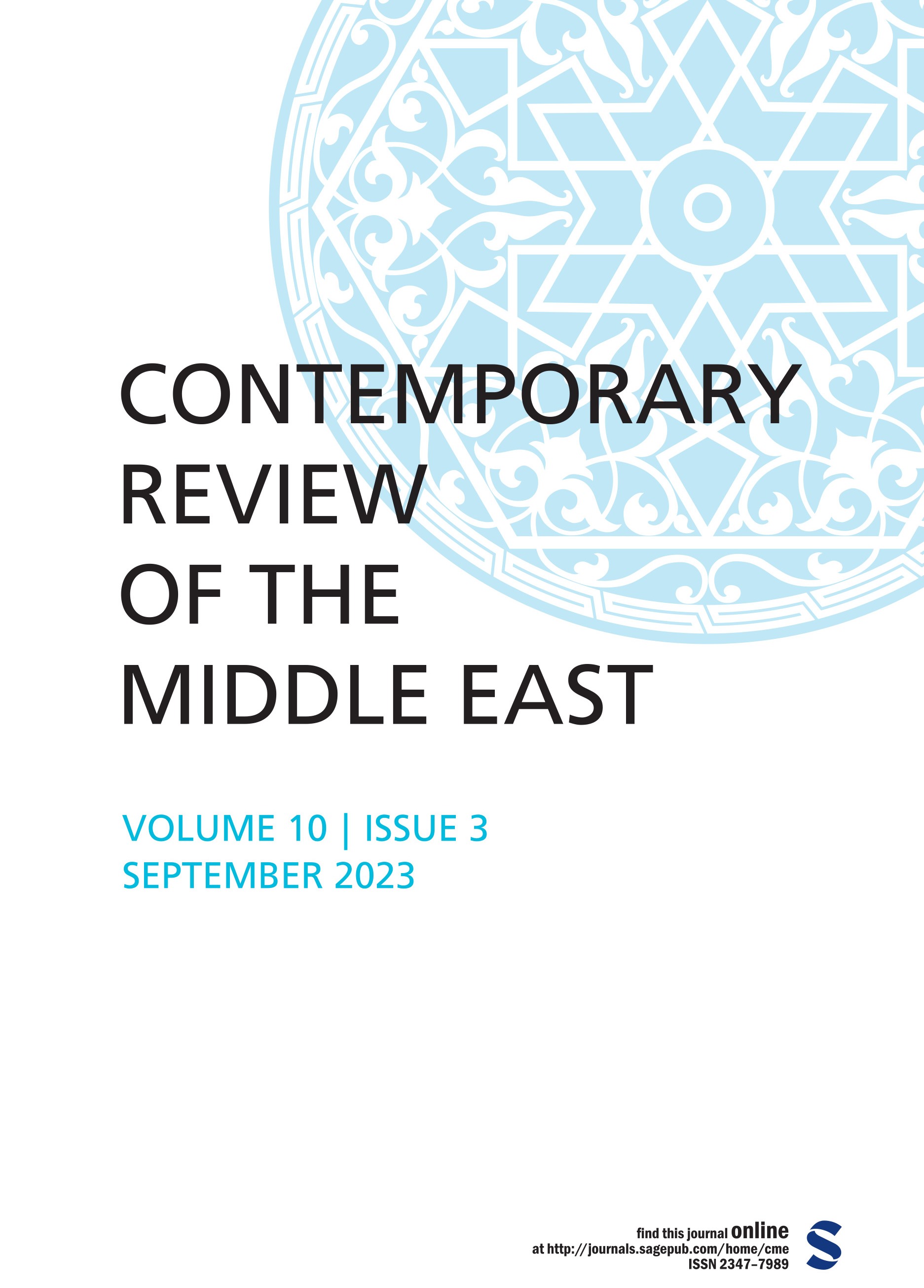
Invented Tradition as a Theoretical Approach Within Iranian Memory Studies: A Review Mohammad
Read More »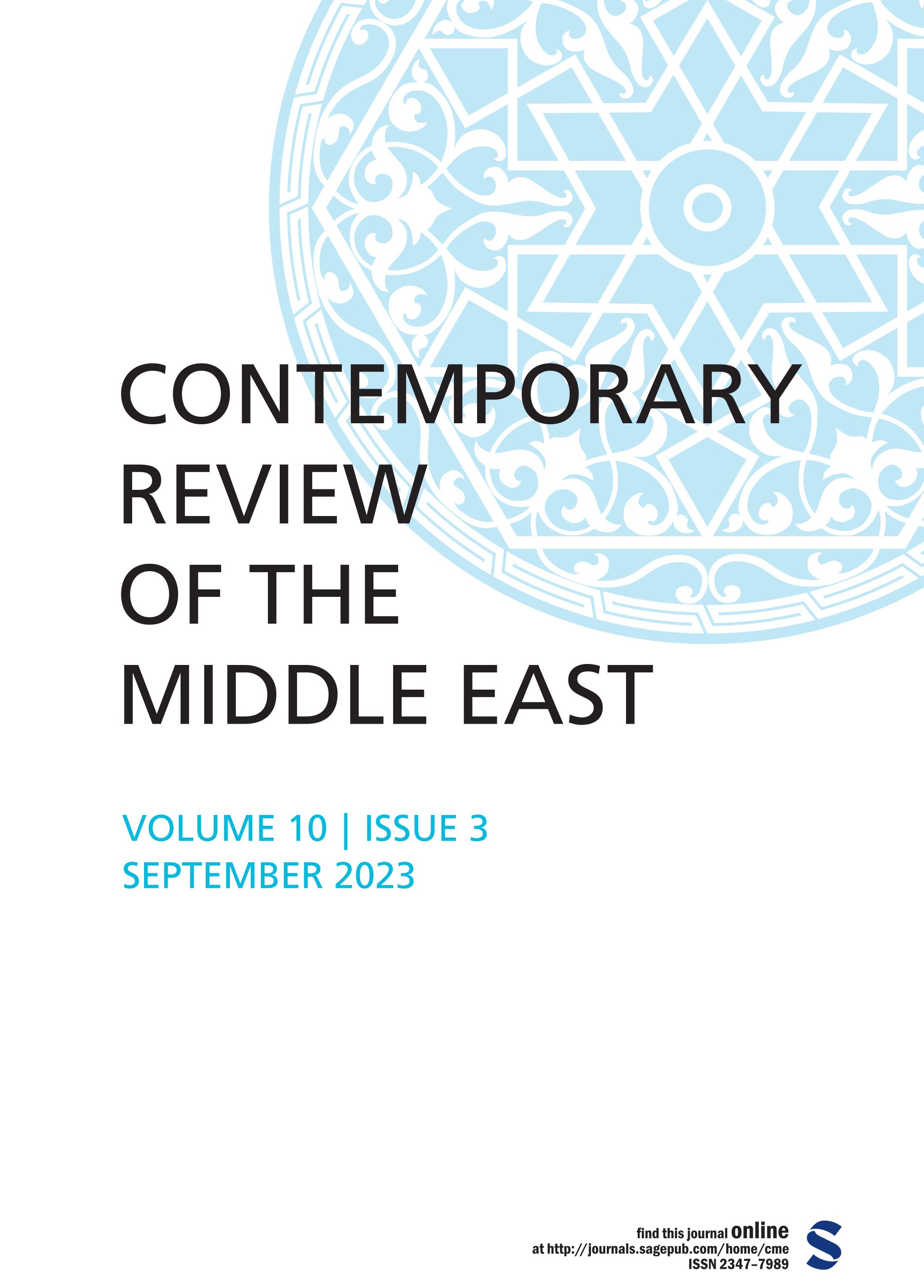
Neo-Ottoman Turk-Scape: Analyzing the Role of Dizis as Türkiye’s Soft Power Mohammad Reyaz and
Read More »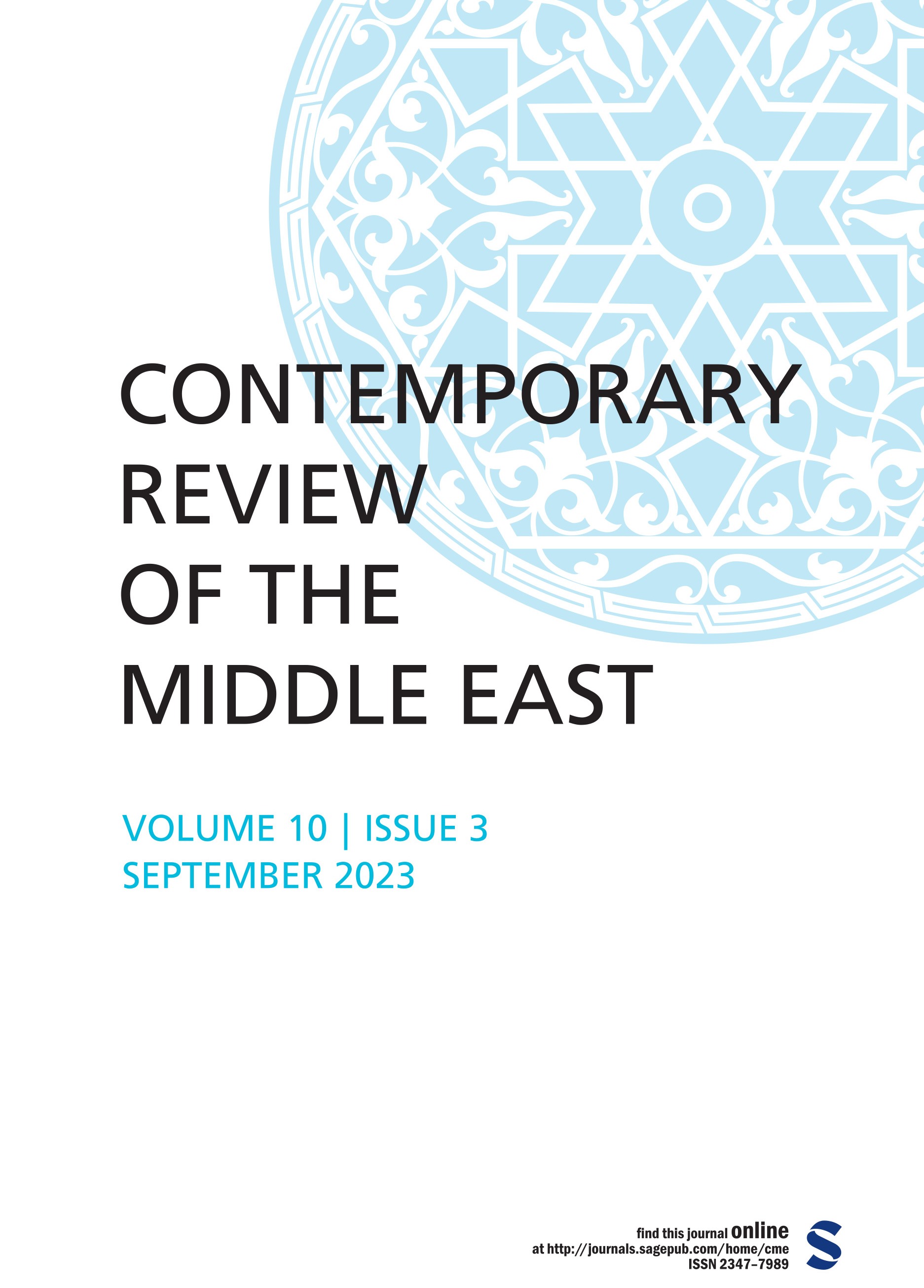
The Relations of Vietnam with the Middle East-North Africa Region: From a Divided State to an Important&
Read More »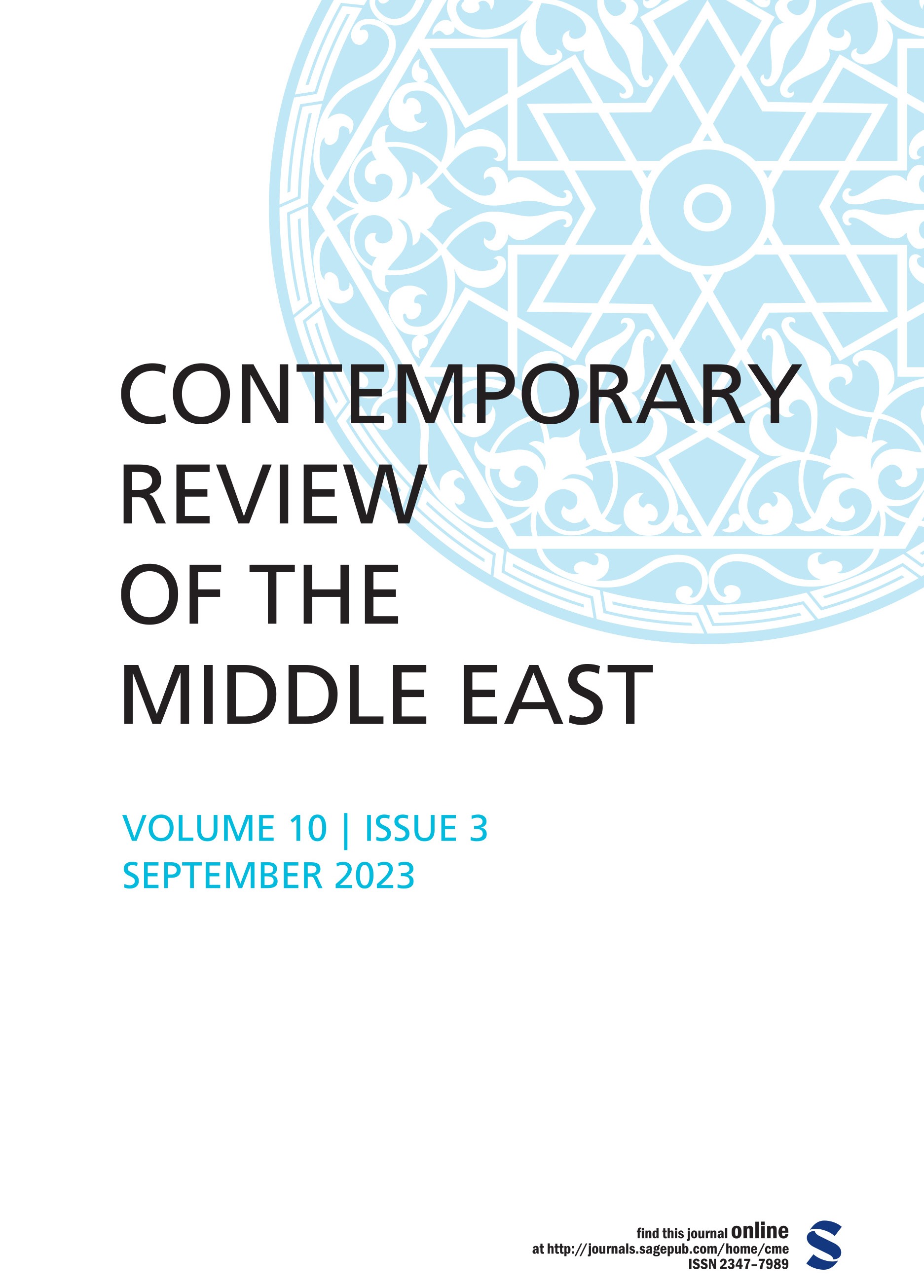
An Analysis of Yemen’s Geostrategic Significance and Saudi-Iranian Competition for Regional Hegemo
Read More »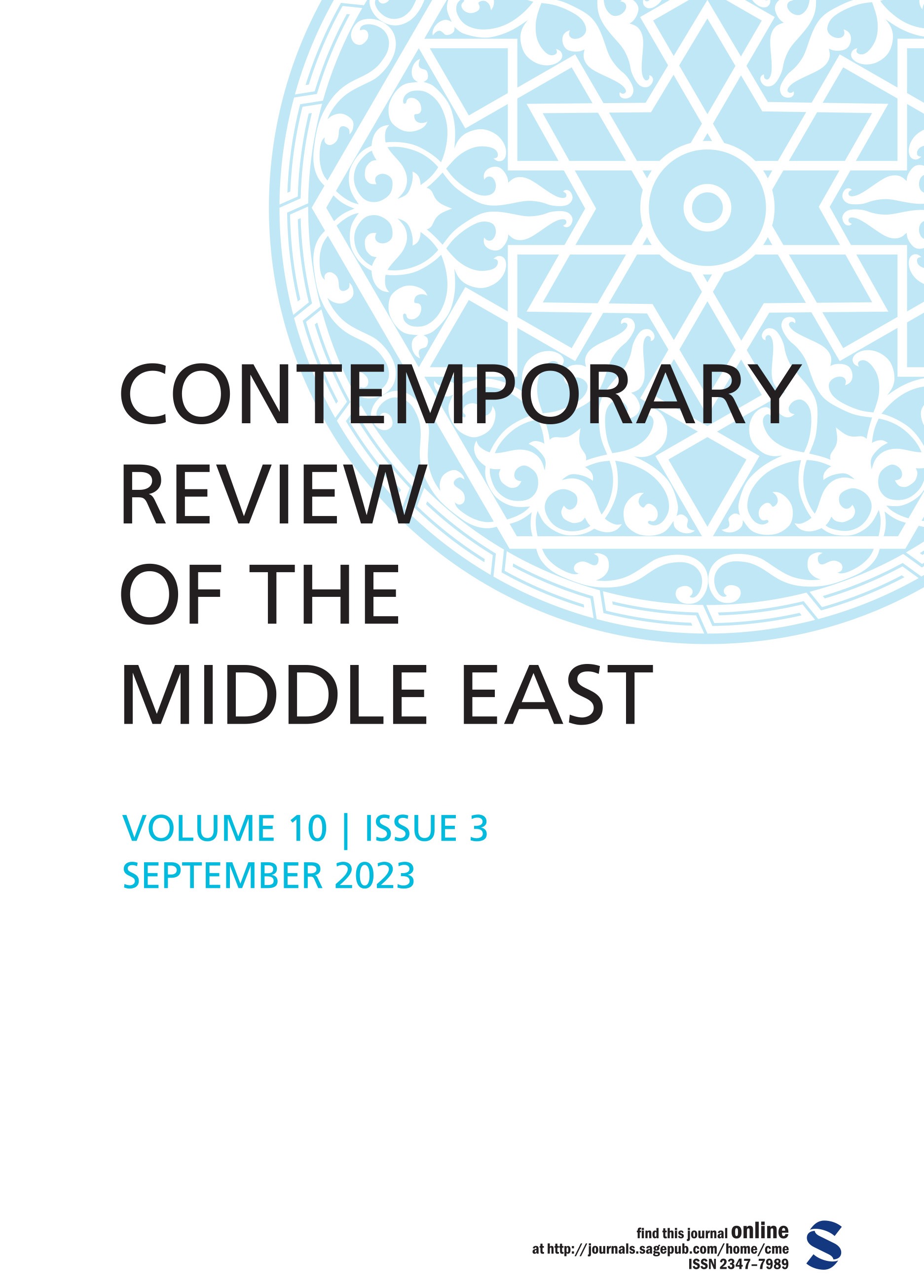
The National Reconciliation Process in Algeria During the Bouteflika’s Era: The Official Narrative Fa
Read More »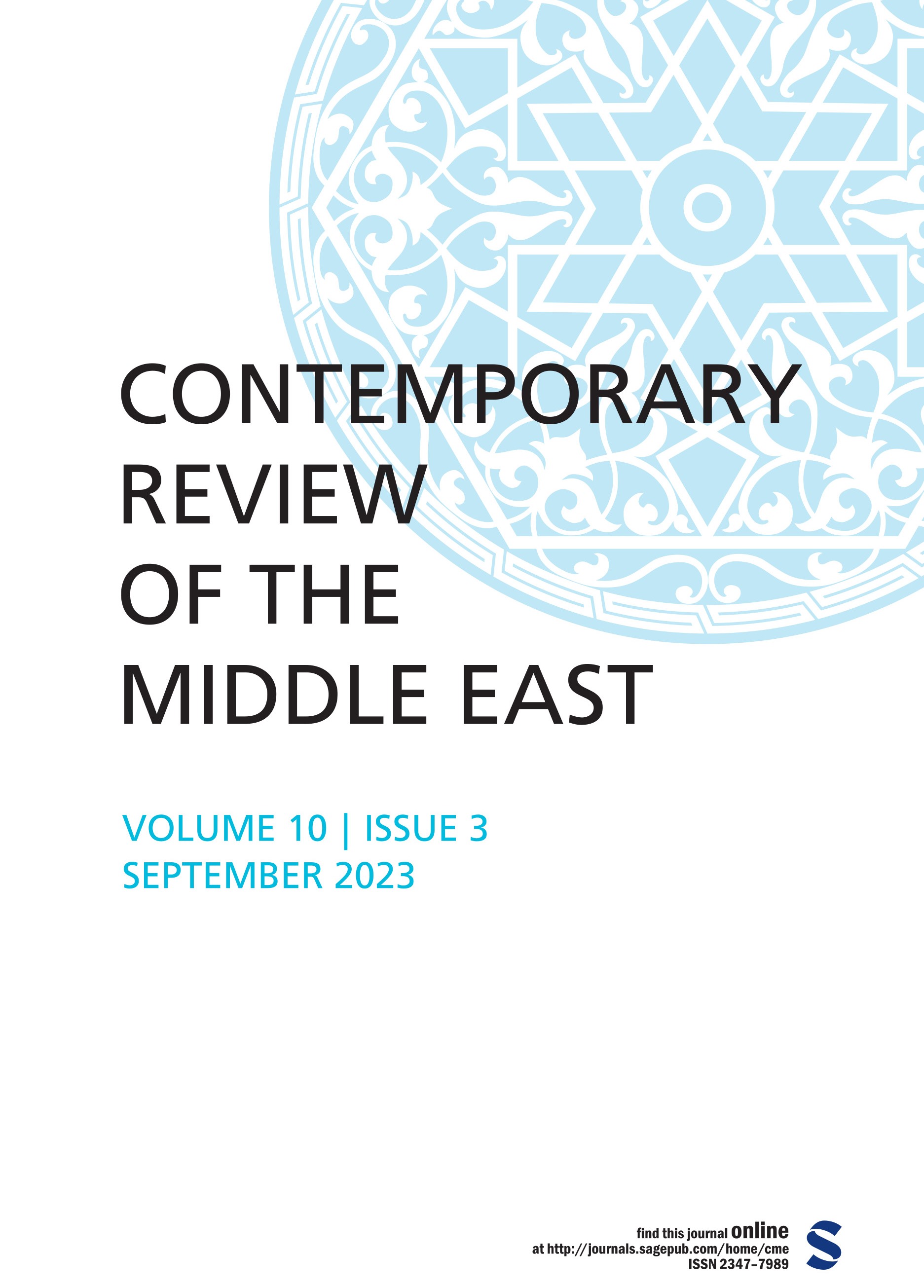
Dateline MEI When Netanyahu Rocks the Israel Boat, Nero Style P. R. Kumaraswamy For the text see: We
Read More ».jpg)
.jpg)
